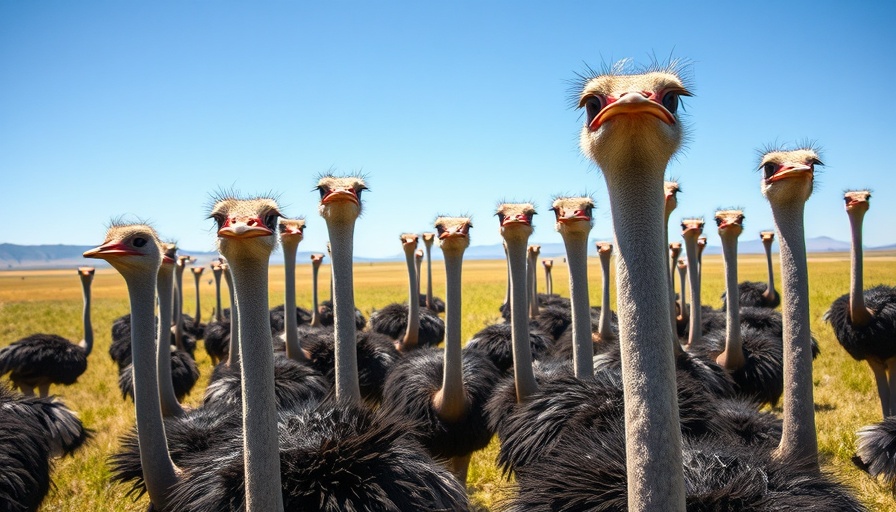
The Unmatched Speed of Earth's Apex Runners
When it comes to speed on two legs, few could challenge the title held by the ostrich, the fastest bird on the planet. Imagine a race featuring not just birds like the emu and roadrunner, but also renowned Olympic sprinters such as Usain Bolt and Florence Griffith-Joyner. The scene of the race paints a vivid picture, as these athletes line up alongside the formidable birds - an event that might seem more fitting for a cartoon than reality.
The fastest recorded human sprinter, Usain Bolt, reached an impressive speed of 28 miles per hour, while Griffith-Joyner, his female counterpart, followed closely behind. Yet, what would they think if they knew that the ostrich could zip past them at an astonishing 43 miles an hour? This remarkable capacity allows ostriches to not only sprint but maintain a steady trot at speeds of up to 31 miles per hour over long distances.
Understanding Bird-Speed Dynamics: A Look at Other Contenders
While the ostrich steals the spotlight, the emu isn’t too far behind, able to reach speeds of 30 miles per hour. The roadrunner, commonly depicted in popular culture as a speedy bird, is notably slower at around 18 miles per hour. This fact defies the expectations shaped by cartoons, where the roadrunner often outsmarts its foes with speed. However, in an actual footrace against these fast birds, the roadrunner wouldn't stand a chance.
Why Speed Matters: Survival and Adaptation
The evolutionary advantages of speed are crucial in the survival of these birds. In habitats filled with predators, the ostrich's ability to escape quickly from threats is vital. This bird can run faster than many of Africa's top predators, showcasing a remarkable adaptation strategy. The emu and roadrunner, although slower, rely on their agility and unique hunting techniques to thrive in their respective environments.
Ostrich vs. Roadrunner: A Comparative Insight
Engaging with the idea of speed inevitably invites comparisons between the ostrich and the roadrunner. Both birds evolved in different environments, which shaped their abilities. The ostrich's powerful legs enable remarkable bursts of speed, while the roadrunner exhibits agility, allowing it to navigate swiftly among various terrains. Although the ostrich holds the title of the fastest, the roadrunner's clever hunting skills make it an admirable survivor. The contrast between these birds emphasizes the diversity of adaptations within the avian world, showcasing how speed serves distinct necessities for each species.
Final Thoughts: The Thrill of Birdwatching and Running
Understanding which bird truly takes the crown for speed on two legs provides a fascinating insight for birdwatchers and nature enthusiasts alike. It invites a deeper appreciation for the unique adaptations that make these birds extraordinary. So next time you step outside, whether to run a race or observe nature, consider the remarkable capabilities of our feathered friends and their incredible adaptations for survival.
 Add Row
Add Row  Add
Add 




Write A Comment